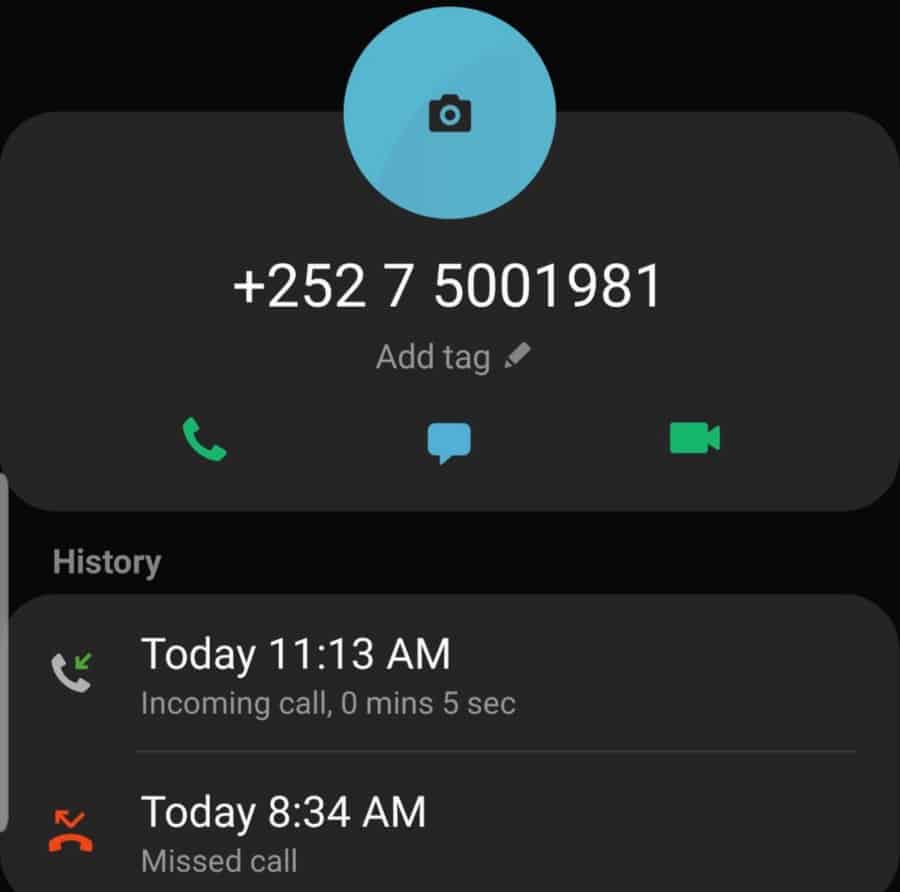
Above: Photographer David Wears posted this screen capture of the scam call he received today.
Trinidad and Tobago is the latest port of call for the “one ring scam” also called a Wangiri fraud.
In this scam, your number is called once or twice. If you answer it, the call is terminated. If you call back, you are put through an elaborate series of hold systems designed to encourage you to stay on the line while your phone number racks up staggering long-distance charges.
Some of that money will go to the phone company you use as your carrier for placing the long-distance call, but the larger part goes to the number you’ve called. The calls are placed and received by computer systems.
The carrier placing the call makes money (that’s going to be hotly contested). The recipient of the call makes money. The caller pays and receives no value. It’s a war for pennies waged by digital robots – at scale.
These scams are usually launched after the fraudsters get hold of a large block of phone numbers from a geographically unified area, usually off the dark web, and immediately launch a blizzard of calls.
Timing is important, because the enemy of the scam is information.
Once people are warned about the issue, they won’t return the call and the charges won’t end up profiting the scammers.
The current calling strategy uses an area code originating in Somalia, but previous efforts at pulling the scam have used area codes from Switzerland and India.
This is not the first time this calling scam has been tried in T&T, but it is believed to be the most widespread, saturated instance of it.
[Updated at 5:55pm to clarify the financial aspect of the scam.]
[Update at 6:55pm] There is no evidence that calls to a smartphone or calls returned from one leave the device any more vulnerable to hacking exploits than any other method, including text messages. To successfully hack the communications of a smartphone, the exploit must have access to the baseband code. Any technology capable of doing that could do so without the bother of placing a call to the device itself.

